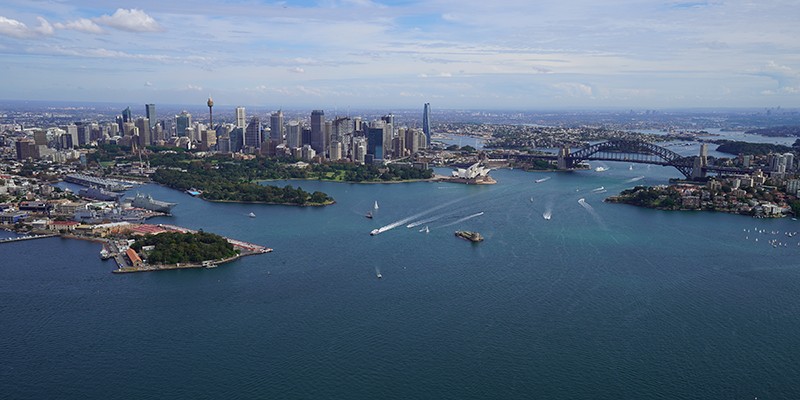New era of water security for Greater Sydney
Communities and businesses across Sydney, the Blue Mountains and the Illawarra are well on their way to securing an enduring, sustainable and resilient water supply after the NSW Government launched the Greater Sydney Water Strategy (GSWS) today.
Minister for Lands and Water, Kevin Anderson said the GSWS is a new approach to water security planning, that will support economic prosperity and underpin the growth, liveability and quality of life of the city.
“This is an unprecedented 20-year strategy designed to tackle the region’s water challenges – including droughts and a growing population – using the best possible mix of innovative water solutions,” Mr Anderson said.
“The GSWS is about being resilient, especially in the face of a more variable climate. Sydney’s population is set to grow to 7.1 million by 2041, which will put even more pressure on our water resources.
“The strategy makes it clear that we need to invest in additional water supply in the next 5 to10 years as well as improving water efficiency and conservation, to make better use of all our water sources and assets.
It will also identify alternative pathways to increase water supply options through reuse programs and additional water from desalination.
“Water drives our economy and growth, maintains our parks and green spaces, sustains our health and wellbeing and supports a healthy environment. That’s why we’re planning and delivering new and resilient systems today to ensure Sydney continues to be green, liveable and prosperous.”
The GSWS will deliver:
- Improved water efficiency, leakage management and reuse programs to save Greater Sydney up to 49 billion litres of water every year by 2040;
- New flexible operating rules for the Sydney Desalination Plant that will enhance our resilience by allowing up to 20 extra billion litres of water per year to be produced – and more when needed;
- Options to expand the desalination plant, which could add another 90 billion litres per year, or a new desalination;
- Investment in treated re-use programs for watering trees, sports fields, cooling and greening the city, and industrial use; and
- Smarter use of stormwater with integration into land use planning. This is already underway with the stormwater vision for the new Aerotropolis precinct. In a first for the State, stormwater will be managed across the entire landscape, diverted into natural water channels and wetlands, and then treated as recycled water to green and cool Sydney’s West.
“The GSWS lays the groundwork for these, and many other exciting programs, initiatives and technologies, to start delivering big water wins for our city,” Mr Anderson said.
The strategy assumes Warragamba Dam’s current storage is maintained.
“While Chris Minns and NSW Labor want to lower the supply level in Warragamba for flood mitigation, the Greater Sydney Water Strategy confirms this risks putting Sydney into severe water restrictions and even permanent drought,” Mr Anderson said.
“It would mean we have to start work today on at least two more desalination plants to meet the supply shortfall costing taxpayers $10 billion and adding up to $200 a year to their water bills.”
To read the Strategy and the Implementation Plan, visit the Greater Sydney Water Strategy.
